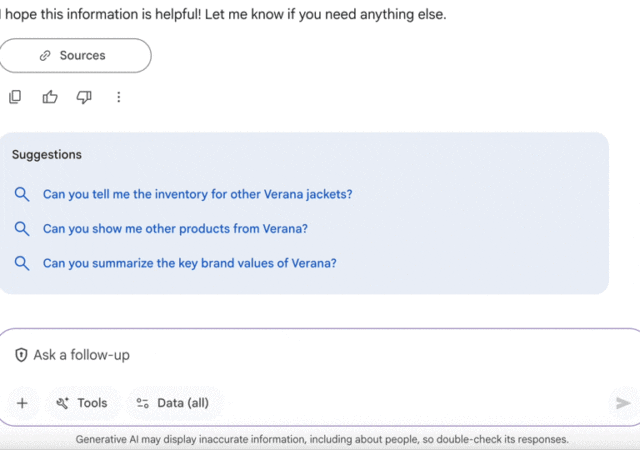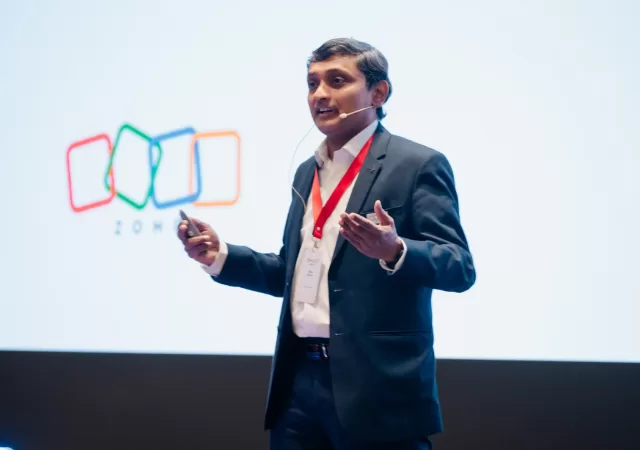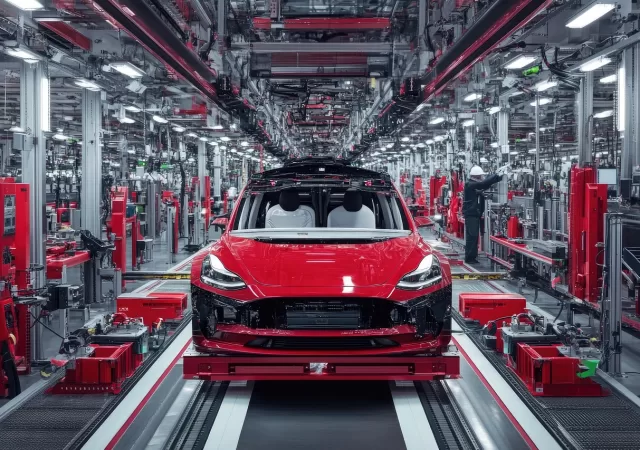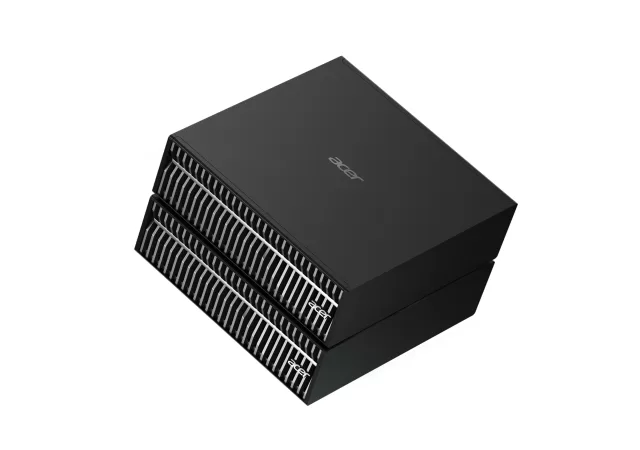Gemini Enterprise is Google Cloud’s latest innovation, providing a unified interface for advanced AI in the workplace to enhance efficiency.
Tata Communications Launches Voice AI Platform to Transform Customer Engagement
Tata Communications launches a revolutionary Voice AI platform, improving customer interactions with advanced AI technology.
Google Introduces AI Protection Measures in Google Drive
Google brings AI to Google Drive to assist in detecting and protecting against ransomware.
Amazon Launches Redesigned Kindle Scribes with Colour and AI
Amazon announces a new line of Kindle Scribe e-readers including the Kindle Scribe Colorsoft which brings colours and a large 11-inch screen.
Open AI to Deploy up to 6GW of AMD Instinct GPUs for Next Generation AI Infrastructure
Open AI and AMD enter a partnership that will see the AI company deploy up to 6GW of AMD’s Instinct Accelerators to power its next generation infrastructure.
Zoho Introduces Zia and Integrated AI-Tools to Power Productivity
Zoho introduces its in-house LLM, Zia, that powers a new generation of AI-powered enhancements that are being introduced to the Zoho Suite.
Alibaba Cloud Fuels Global AI Race with Strategic International Expansion
Alibaba Cloud announces plans for global expansion going beyond Asia and underscoring the need for compute for AI innovation.
From “Bolt-On” to “Co-Pilot”: Red Hat’s Realistic AI Roadmap for Manufacturing
Digitization and AI deployment in the manufacturing space doesn’t need to revolutionary, it can be evolutionary according to Red Hat’s Kelly Switt.
[next@acer] Acer Brings Super Computing To Its New Veriton GN100 with the NVIDIA GB10 Super Chip
Acer’s new Veriton GN100 AI Mini Workstation is packing a huge punch in a minute form factor with NVIDIA’s GB10 Superchip!
Easing hybrid office friction with AI solutions
Hybrid work is here to stay. These are how organizations can leverage technology to embrace the new realities of hybrid work.












